My note-taking setup
Some days back I shared something about note-taking on the butterfly site (don’t click on the hyperlink yet, it contains a spoiler to this post).
I have been doing this for a little over a month which makes me very underqualified for this post; nevertheless, I feel like I have acquired a lifelong habit! Also, I am unable to keep quiet because of the pure joy I am finding in the process of it.
So let’s start!
Notebook
I keep a notebook and pen for taking notes.
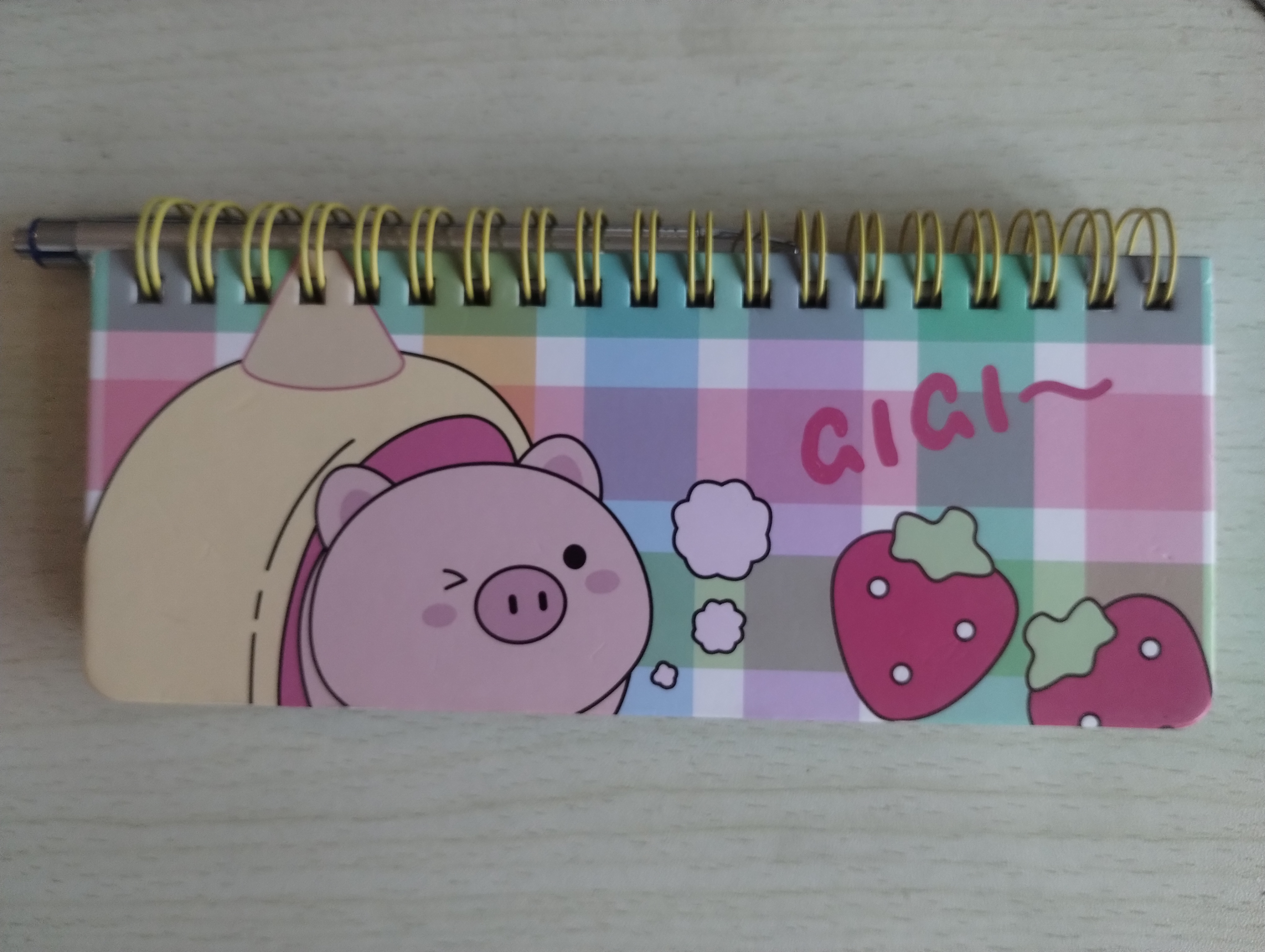
Cute? Check out the backside:
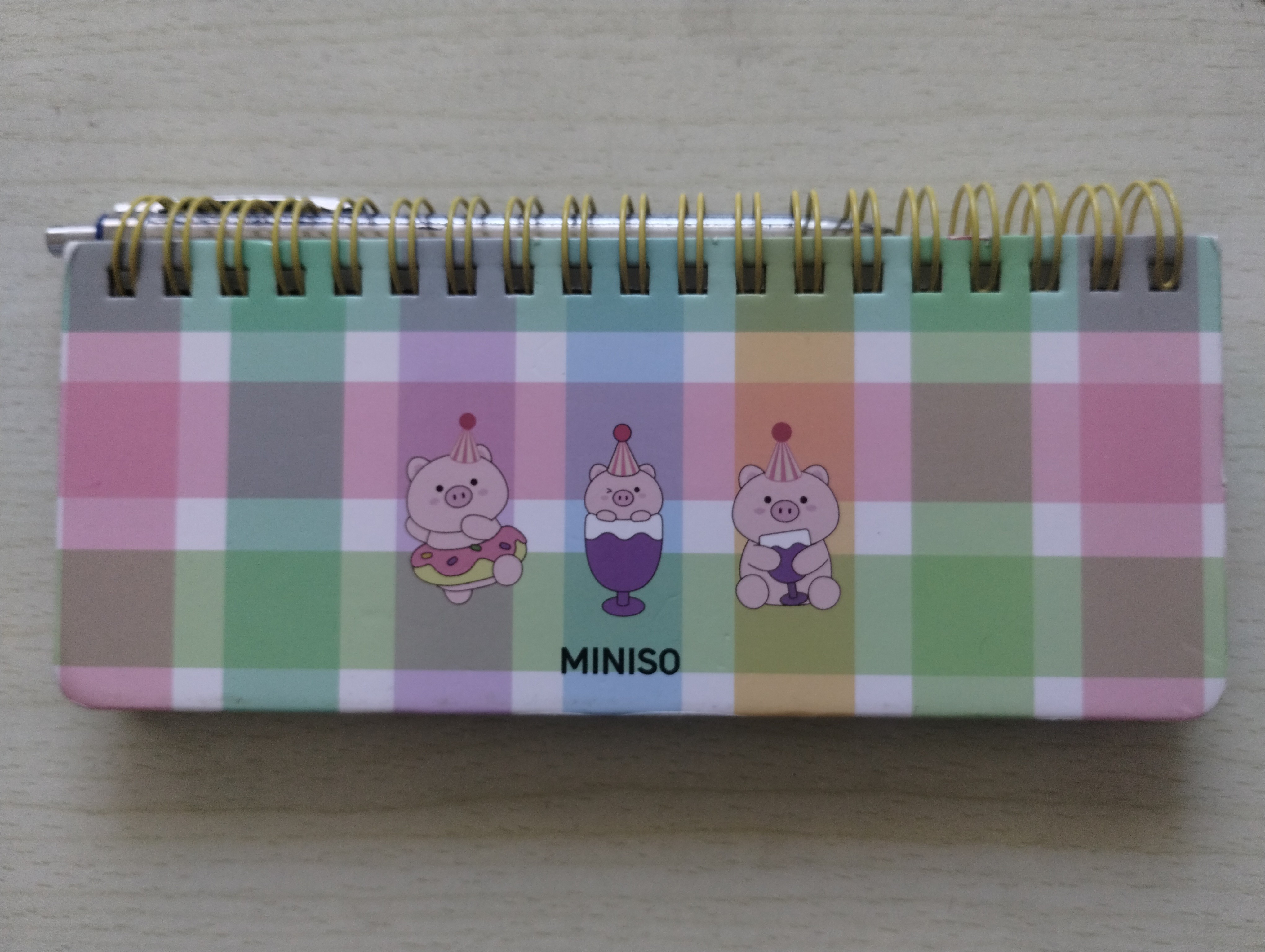
You might have noticed where I got it from. Yep, it is Miniso.
When I decided to start taking notes, I was searching for a particular kind of notebook and stumbled upon this empty one lying around in the house that satisfied the preconditions. So I kind of stole it from my wife. (She bought it in the first place and has been keeping it for future use)
Miniso is so good at making you buy stuff that you don’t need (ahem, ahem). Excuse me 😅 I don’t want to make you feel guilty for your last purchase from there. So I will rephrase it as they are so good in making you buy things that you will need for the future 😀
Pen
We have ADD gel pens floating around everywhere, so it was my natural choice. These are very lightweight and thin (probably the thinnest pens I have ever used).
There are two variations that we have ADD gel Ceramic and ADD gel designer series. I generally carry the ceramic one.
IIRC I first used an ADD gel back in 2003. They used to be costly and with a wet ink which takes time to dry off. But these pens that I have now seem are on a different spectrum. They are more like ballpoint pens.
The Altman technique
Before I go on discussing how my setup works, we will take a short detour of what I call the “Altman technique” because my setup is a fork of the note-taking setup used by Sam Altman.
I learned this from this video. His suggestions for note-taking are:
- You definitely want a spiral notebook.
- You need to be able to tear off pages from the notebook (hence the spiral bind).
- You want the notebook to lie flat when you open it and keep it on a surface. So you need a hardcover.
- You want something that fits in the pocket.
He likes ripping off pages from the notebook, and reading the notes by keeping the ripped-off pages side-by-side. He crumbles the pages and throws them out once he is done.
He seems to finish off one notebook within 2 or 3 weeks. That is a notebook of 100 pages. That is like 100 / (3*7) = 4.7 which is close enough to Niklas Luhmann (The creator of Zettelkasten). Luhmann took 6 notes per day approx [^1]. Tell me the number of notes that you took in the last day/month/year, I will tell you the number of things you learned. To give an idea, Luhmann took 90,000 notes in his lifetime that helped him produce 58 books and hundreds of articles. So if you are running low on the amount of notes that you take per day/month/year, you will certainly need to retrospect your learning process.
One of the big mindset shifts that I had in Altman’s technique was “you have to tear pages off from your notebook” which is against the conventional note-taking technique that I have tried in school days: “Write something in your notebook and preserve those pages forever like it is history”. That is how you will end up with a pile of notebooks that go unnoticed and thrown away as time progresses.
What is the point of writing the page if all I am going to do is throw away the page at the end of the day? Well, you need to convert that note into an artifact that could be retrieved when you need it in the future. That usually means transferring the note to Zettelkasten (slip-box). While Altman doesn’t mention if he uses Zettelkasten, I guess his equivalent might be to use the note in a document/project he might be working on.
How I use them
I keep it open at that moment when I start reading a book, listening to a podcast, or watching a video.
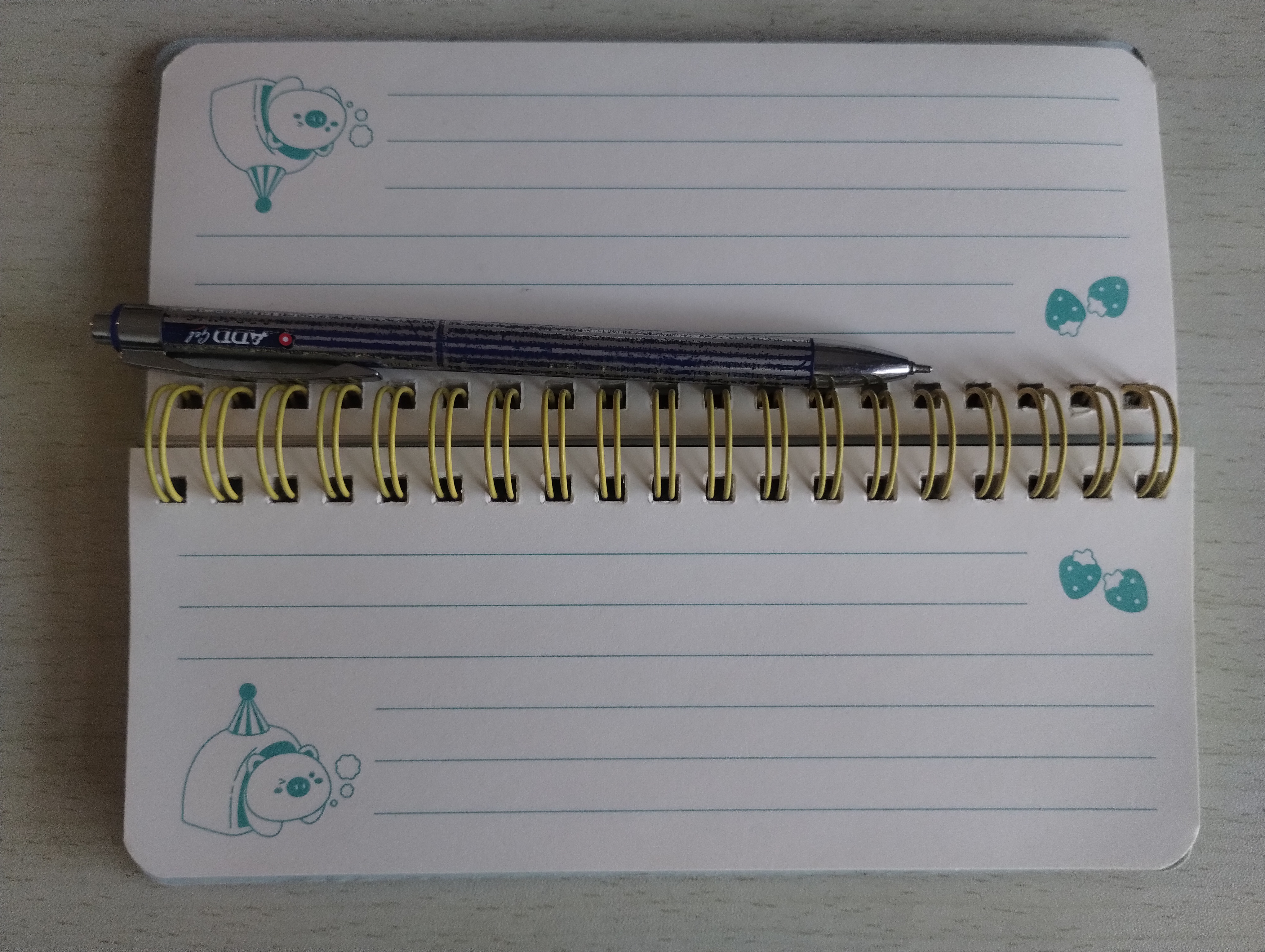
I pause the watching/reading when I want to take notes. I fill up a page and note its reference (book name, page number, etc.) at the bottom of the page. Most of the time I use both the front and back of the paper for a single note. So I mention the reference on one of those sides.
I was a bit skeptical if my notebook could be carried around easily in a pocket because of the weird form factor. But I was wrong. It is so good to carry around. But I stopped carrying them around in my pockets but I carry them in my backpack. Because I have found myself to be needing them usually when I sit for learning and not in situations like shopping.
What if that next big thought/idea strikes me while I am shopping? lol, no worries. because I will just note it down on my mobile. This is where I introduce you to my other notebook: Obsidian.
When I am learning on my computer or mobile, I take my notes in Obsidian. This is the reason why I don’t carry the notebook in my pocket most of the time because I am mostly on my computer where I have Obsidian.
What do I do with the pages in my notebook? I do the same thing as Altman: tearing them off. Once in a while I sit down and feed my notes into Obsidian and then tear off the pages and throw it off. This is what the transfer looks like in the real world:
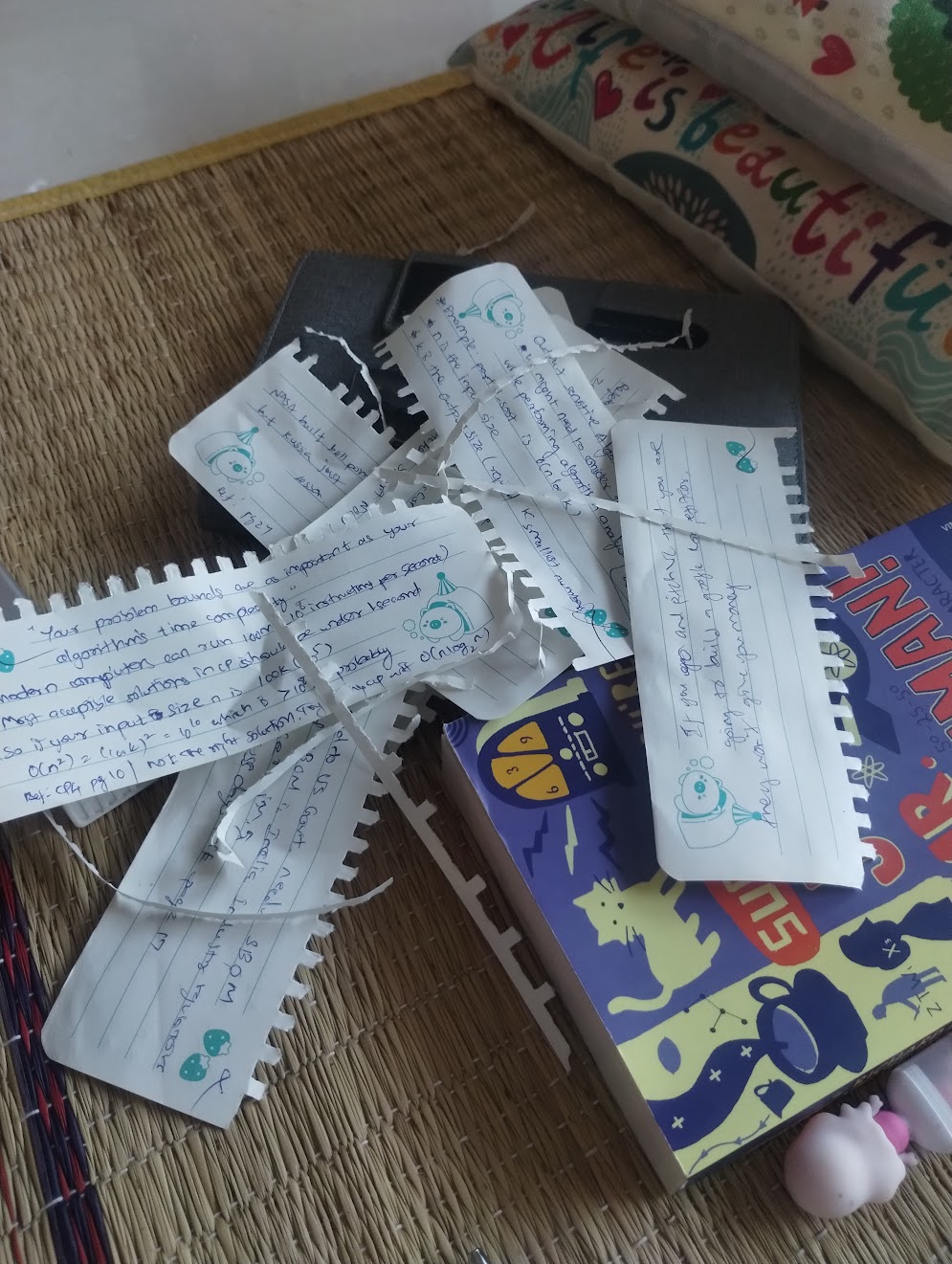
I try to keep the lag between the syncing process to be small. I don’t like keeping a lot of notes in my notebook. I want to be ripping of as many pages from my notebook at any point in time as possible. Otherwise, I have to pay the taxes of Zeigarnik effect (the notes that I haven’t yet torn off and synced to my digital Zettelkasten will take up space which could be used for learning some other thing).
I also learned that I could use the Zeigarnik effect to my advantage: If I want to delve into the thoughts of a particular project for a certain period of time (say I want to have thoughts about this topic for the next week), I could just leave the notes in my notebook without tearing off and make them haunt me!
The Graph
Let us go back to where we started: the butterfly site post (you can click on it now)
It is a snapshot of the Obsidian graph. If you haven’t heard of Obsidian before, I don’t want to steal the joy of learning what Obsidian is from you. So I will not talk about it in detail here. I encourage you to see for yourself! Besides I might do a post just about it at some point in the future.
But here is what you need to know. It is a note-taking app. You can implement Zettelkasten with it. You get an awesome graph view - a great dopamine hit every time you watch it. Here is what my graph looks like after 35 days of using it:
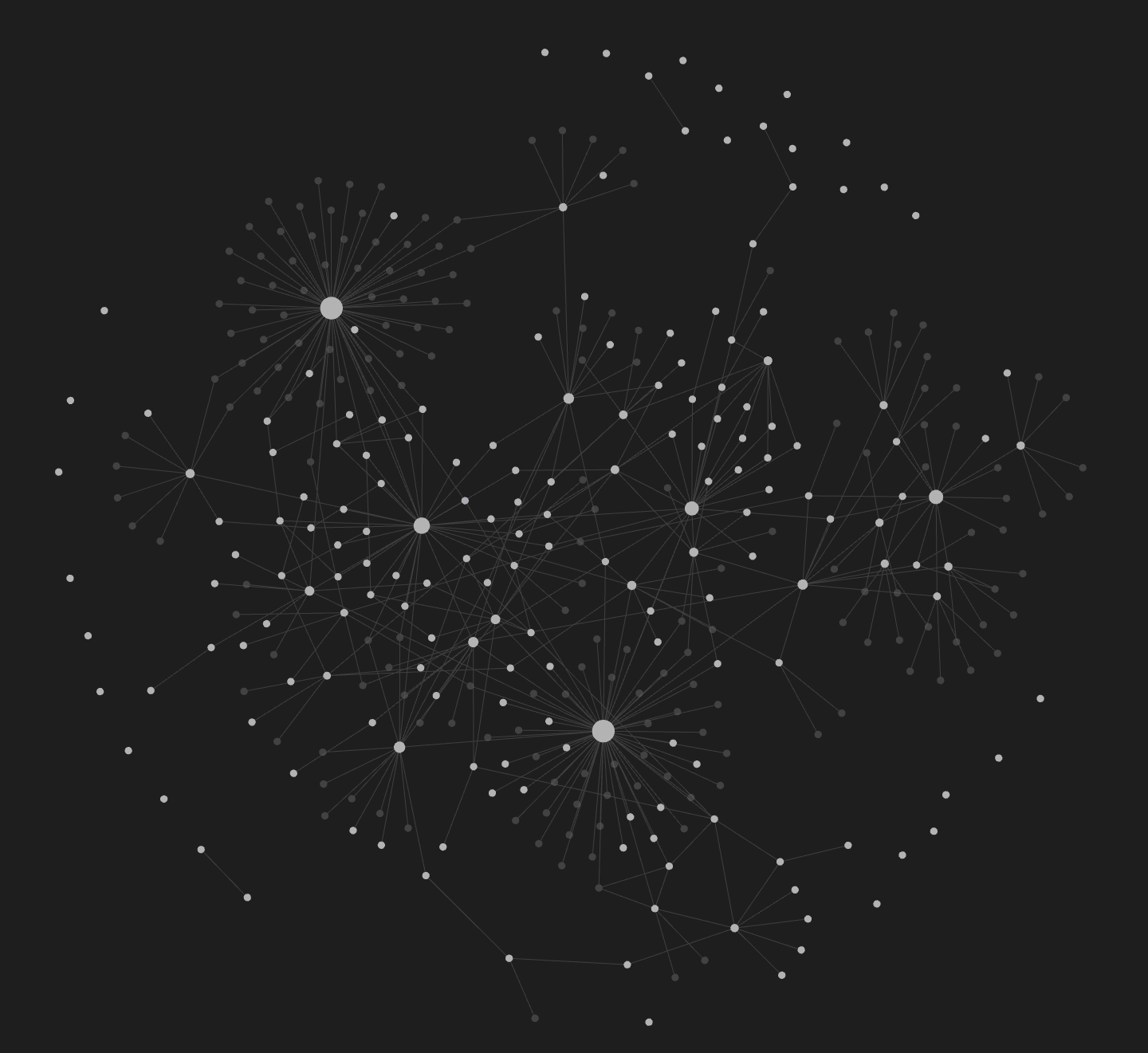
Looks pretty, huh?
[^1]: How to Take Smart Notes: One Simple Technique to Boost Writing, Learning and Thinking, page 91.